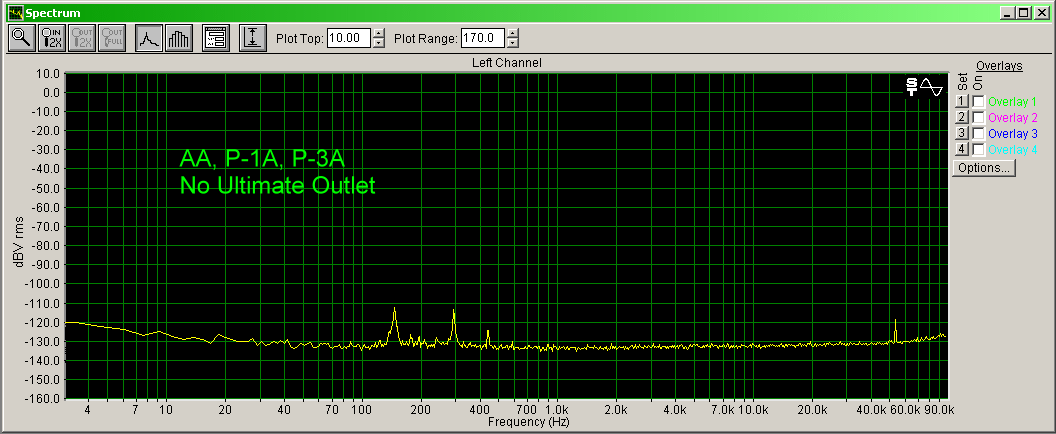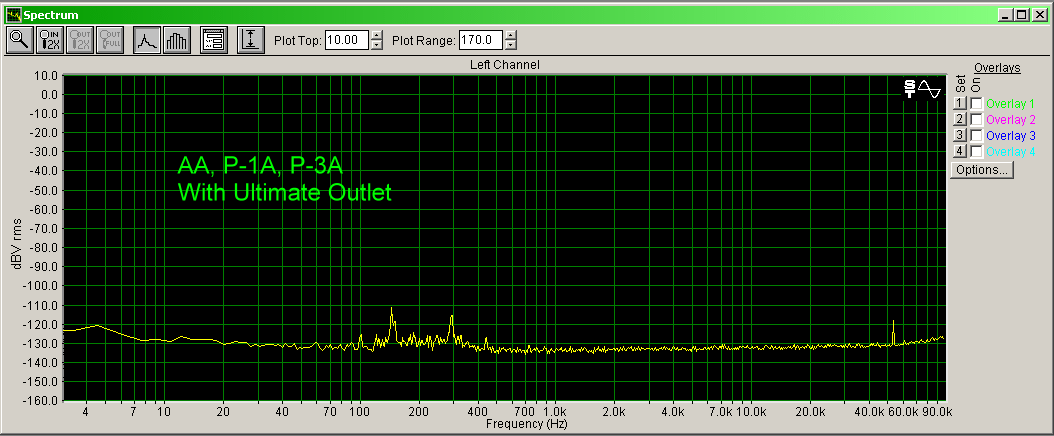The true test of a power conditioner is to live with it for a while, then go back to not using it.
Many power conditioners will do "something" and change the sound enough that you might think there is improvement, but most of them prove to do more harm than good, which is most easily revealed when you take away the conditioner.
If you are on a tight budget and want to plug in just the digital front end, there is absolutely nothing wrong with a simple, oversized isolation transformer. Forget all those "isolation transformers" that have actually tons of other parts, mostly caps, as RFI filters.
Digital gear responds very well, synergistically, to isolation transformers, but it's much more tricky to supply juice to analogue gear like preamp. Big amps are an absolute bear to power correctly, and in most cases, they should be plugged directly into the wall with some nice AC outlets.






